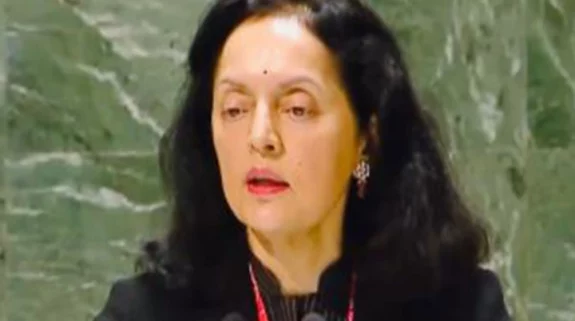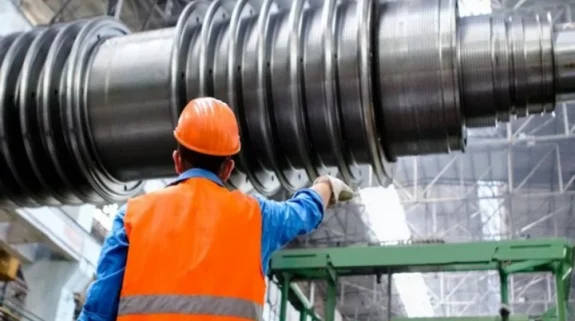A study found a newly proposed mechanism in which blowing mineral dust combines with sea spray to create Mineral Dust-Sea Spray Aerosol (MDSA).
According to the findings, sunlight activates MDSA to produce a large number of chlorine atoms, which then use photocatalysis to oxidise atmospheric methane and tropospheric ozone. The study finds that MDSA is the main source of atmospheric chlorine over the North Atlantic. MDSA is primarily made up of blowing dust from the Sahara Desert mixed with sea salt aerosol from the ocean. A portion of the money used to conduct Maarten van Herpen et al.’s study, “Photocatalytic Chlorine Atom Production on Mineral Dust-Sea Spray Aerosols over North Atlantic,” came from the nonprofit group Spark Climate Solutions. It contains a recently proposed mechanism by which sea spray and mineral dust are combined to form Mineral Dust-Sea Spray Aerosol (MDSA).
The results show that sunlight activates MDSA, releasing a significant amount of chlorine atoms that then use photocatalysis to oxidise atmospheric methane and tropospheric ozone. According to the study, MDSA is the primary contributor to atmospheric chlorine over the North Atlantic. MDSA is primarily composed of sea salt aerosol combined with blowing dust from the Sahara Desert.














